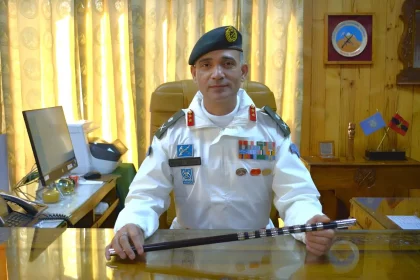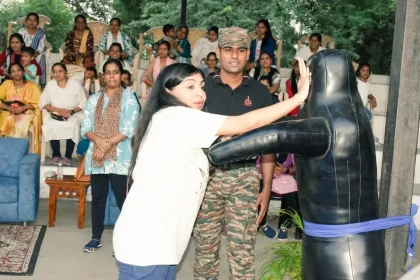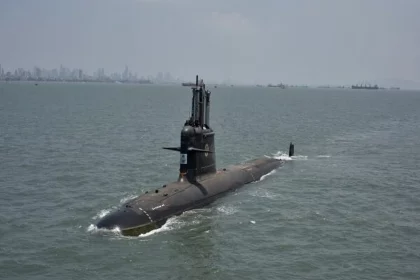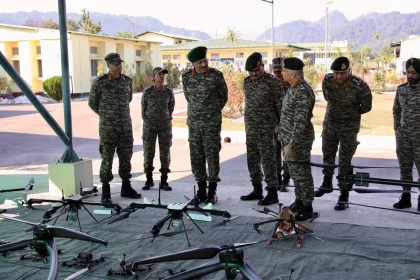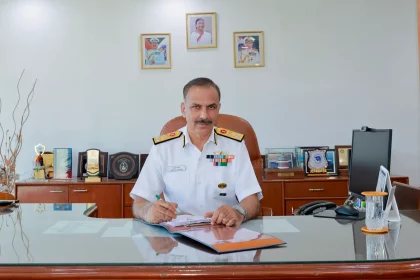Major General Puneet Doval Appointed Commandant of High Altitude Warfare School, Gulmarg
Seasoned officer Maj Gen Puneet Doval takes command of HAWS to bolster India’s mountain warfare readiness.
Sindh Vijeta Brigade Conducts Women Safety & Self-Defence Workshop at Jamnagar
Workshop equips women with vital self-defence skills and safety awareness.
Indian Navy Eyes First Rafale Jets by 2029; Project 75I Submarine Contract Nearing Finalisation, Says Admiral Tripathi
First four Rafale jets expected by 2029; Project 75I submarines contract in final stages.
Indian Navy to Commission INS Aridhaman, Third Indigenously Built Nuclear Submarine
INS Aridhaman to enhance India’s nuclear submarine strike capability and survivability.
Lt Gen Rajiv Kumar Sahni Visits Spear Corps, Applauds Troops and Indigenous Drone Innovation
DG EME praises Spear Corps troops and indigenous drone innovations.
Vice Admiral Ankur Sharma Assumes Charge as Director General Naval Projects (Mumbai)
Experienced Flag Officer takes charge to oversee key naval projects in Mumbai.

